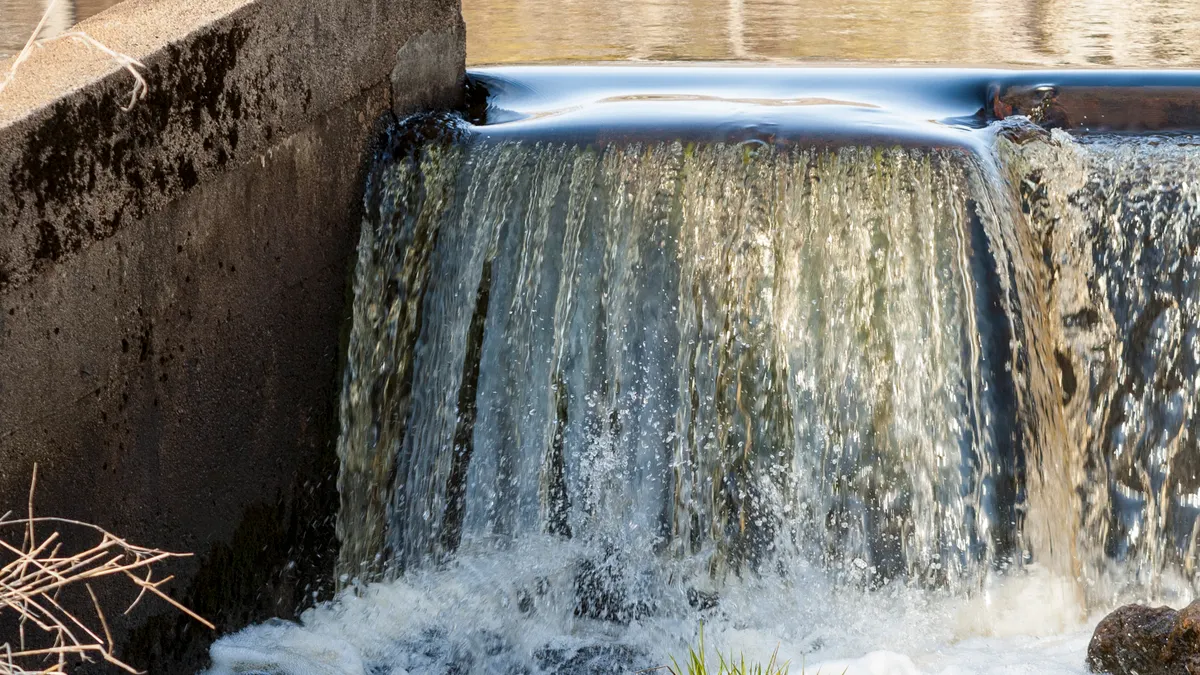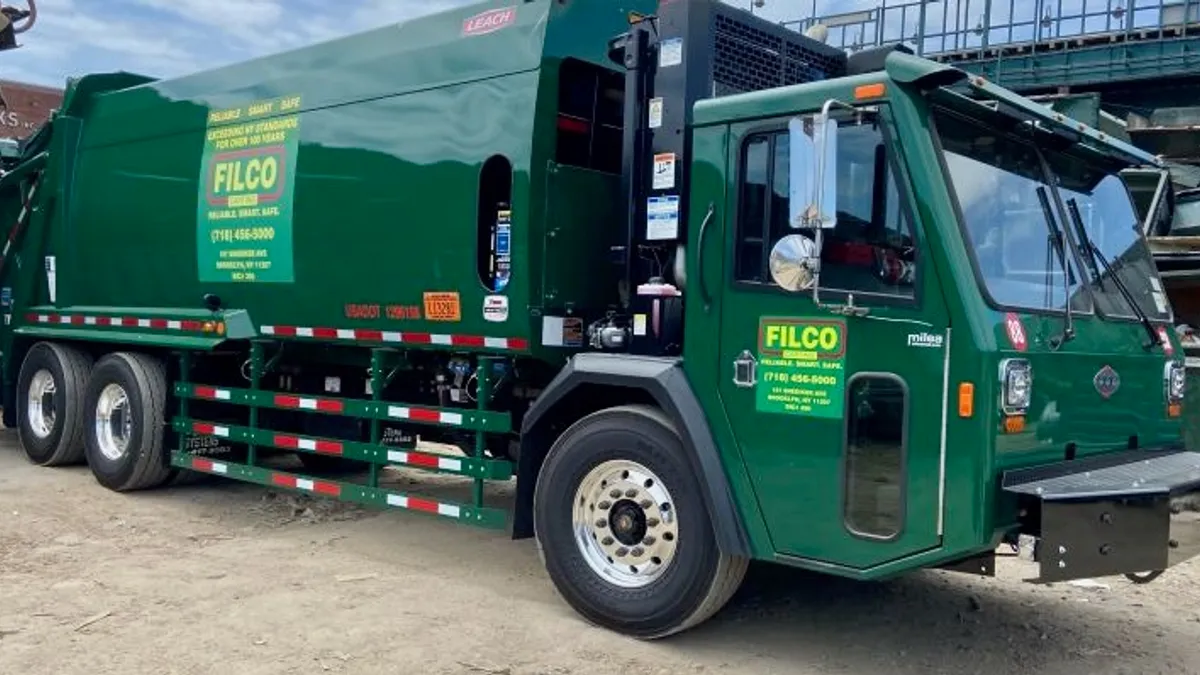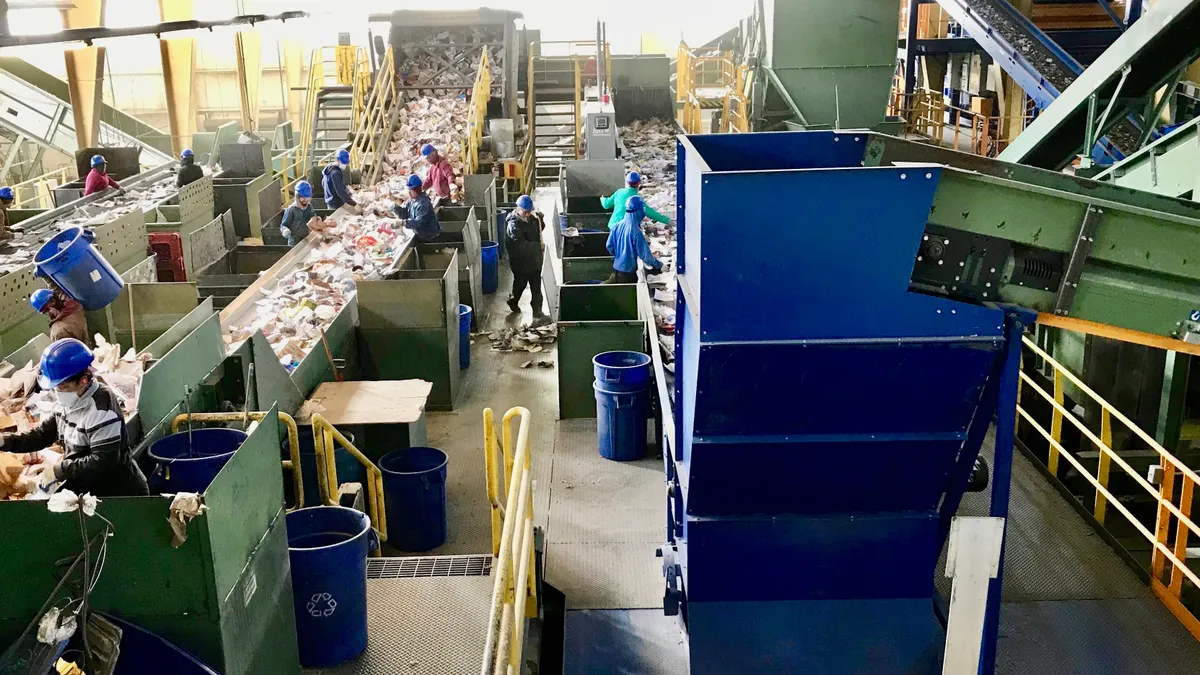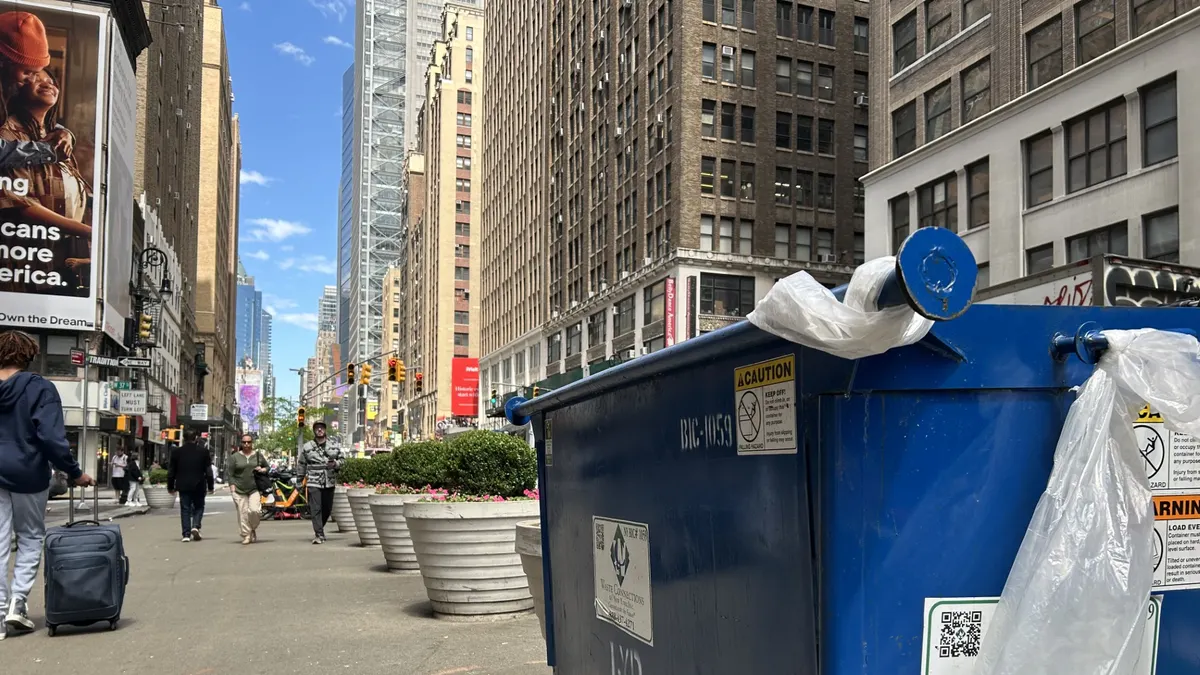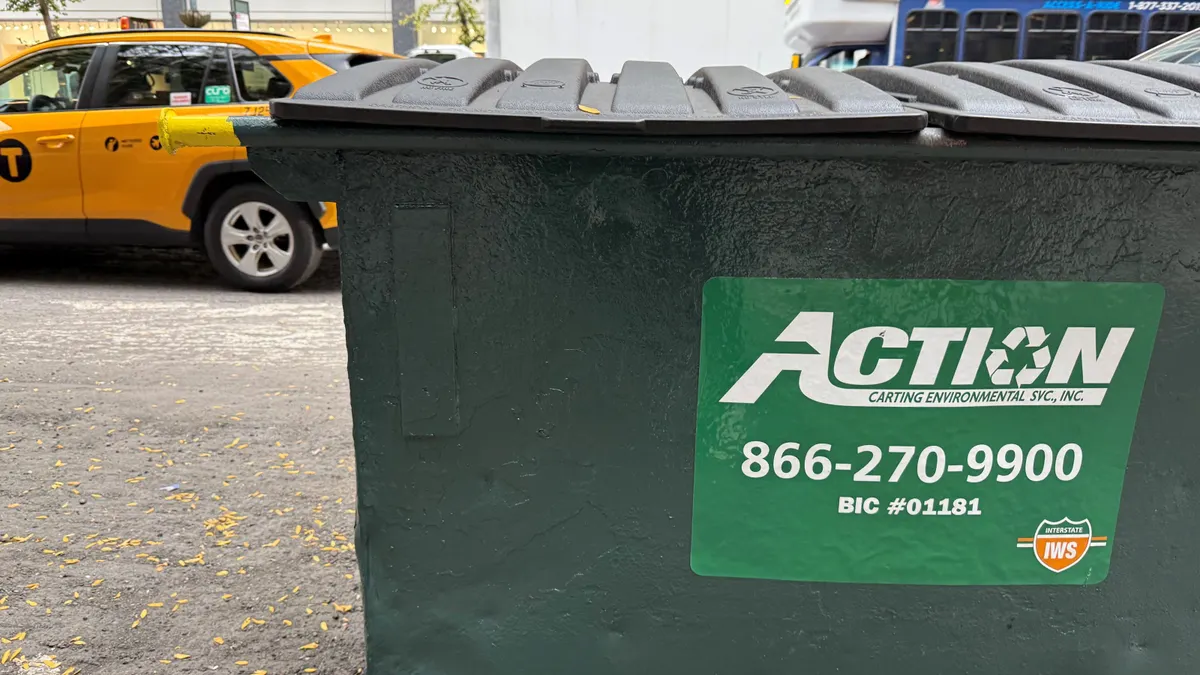The Environmental Protection Agency’s recent reclassification of coal ash allows the waste to be deposited in landfills used for municipal solid waste, with no extra permits required for a material once considered hazardous. With that reclassification of coal ash under Subtitle D of the Resource Conservation and Recovery Act, the government is signaling its desire for the industry to move away from disposal methods like surface impoundments, and more towards reusing and landfilling of this waste.
Utilities can reuse about 40% of the coal ash they produce, in things such as cement and plasterboard, but much of the rest must be placed in landfills. So could 2015 be a banner year for the waste industry, thanks to the coal ash reclassification by EPA?
Some landfill owners don’t seem to want to talk about whether they plan to take coal ash in their landfills, though this waste seems far less difficult to handle than bird flu waste. But with about 130 million tons of coal ash produced by utilities each year, most of which will always need to be disposed of outside of the utility’s plant, many firms in the waste industry are devising ways to capitalize on this vast, and seemingly unending opportunity.
Potential boon
Nearly half of the electricity created for use in the US is generated by coal-fired power plants. In recent years, the federal government has placed more regulations governing emissions on such plants, as well as providing greater oversight of the coal industry. But barring a paradigm-shifting alternative fuel that supplants coal, coal-fired power plants could go on for generations. After all, the U.S. has one of the largest concentrations of coal deposits in the world — upwards of a couple hundred years of supply. That much fuel in the ground will likely be used.
But though opposition to coal ash abounds, and fears of environmentalists and the public sometimes focus on worries of tainted water and other environmental degradation because of coal ash being deposited in landfills, with the right precautions, that the waste is safe to deposit in dry cells. But there have been reasons for concerns about this waste, since surface impoundments of coal ash, which contains toxins including arsenic, created issues that forced the EPA to reclassify the waste.
On Dec. 22, 2008, a massive coal ash spill at Tennessee Valley Authority’s Kingston, TN power plant flooded over 300 acres, pouring coal ash into the Clinch and Emory rivers. The Kingston spill pushed EPA to reconsider coal ash service impoundments and other coal ash disposal procedures. And now, the reclassification of coal ash as essentially the same as MSW has positioned many firms in the industry to be environmental saviors.
In a recent high-profile case of coal ash contamination in North Carolina, the problem is being handled by a state-ordered plan to have the coal ash deposited in a Georgia landfill. Duke Energy is sending about a million and a half tons of coal ash from sites in North Carolina and South Carolina to be buried in a Georgia landfill. The company is required by North Carolina’s 2014 Coal Ash Management Act to deposit the waste from four different sites into a containment facility by August 2019.
Given coal ash’s new classification, states are able to enact their own regulations on containing such waste in landfills. This could provide an opening for litigation by environmental groups or others opposed to depositing such waste in landfills. Other concerns with coal ash disposal should also be considered by those in the industry, including training of personnel and also operations at the landfill, controlling leachate, and more.
Found money
But even with these and other potential concerns, the money is still there for the taking, industry experts agree.
"The EPA’s new regulations on coal ash create opportunities for some landfills," said David Biderman, executive director of SWANA. "And landfills are likely to be working closely with utility companies to explore the opportunities."
Biderman added that pending legislation in Congress, the outcome of which is uncertain, could affect the implementation of EPA’s new classification of coal ash.
And Jim Roewer, executive director of Washington, DC-based Utility Solid Waste Activities Group, sees a lot of economic opportunity in this type of waste. Coal ash can be used to make cement, wallboard and other products; utilities are now considering the fact that they will need to find new space for the millions of tons of the waste they create each year, he noted.
"The biggest impact of the rule is going to be the closing of many, probably even most, surface impoundments. There are other rules coming down from EPA under the Clean Water Act regarding waste water which will affect the viability of [coal] ash ponds," Roewer said. "We’ll see the conversion from wet management to dry management of coal ash."
Landfill owners should be aware that some constituents in coal ash, such as boron, may not be monitored for in municipal solid waste, but [with coal ash disposal] they’ll need to be monitored, Roewer said. Depositing coal ash in a landfill could affect methane collection, leachate operations and other aspects of operations, he added.
"I think we’ll see more coal ash used as feed stock in cement," Roewer said.





